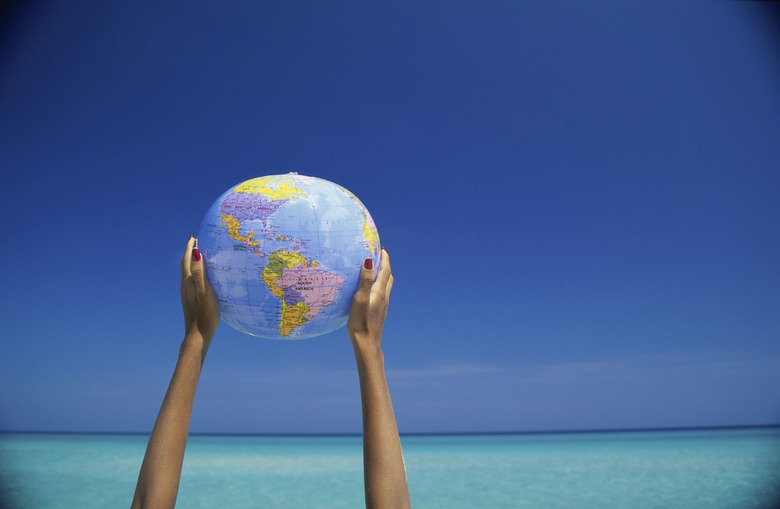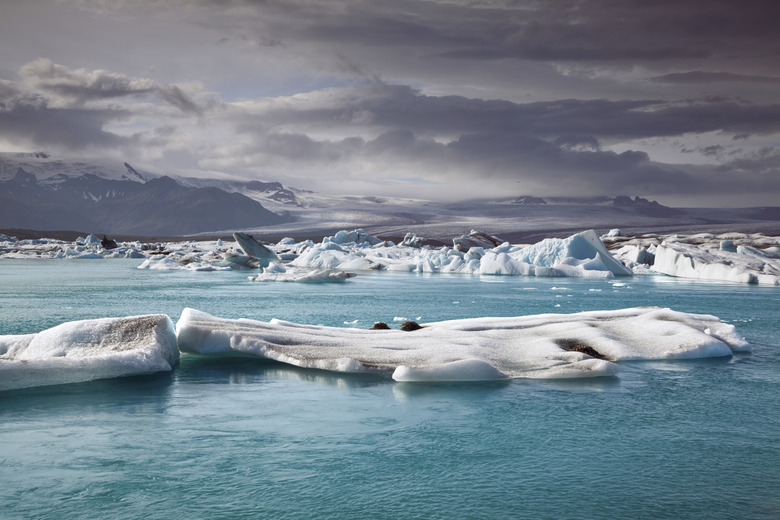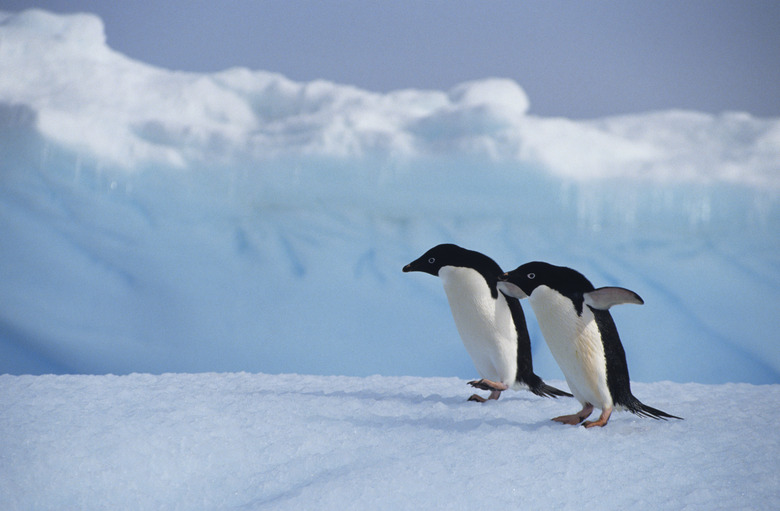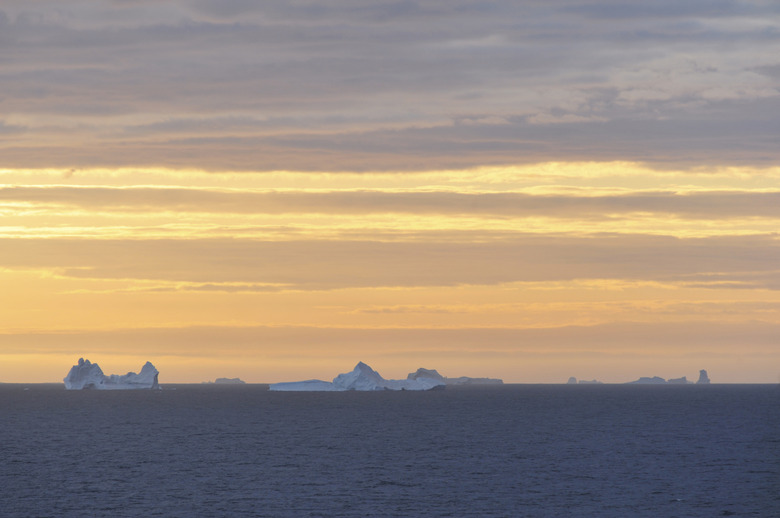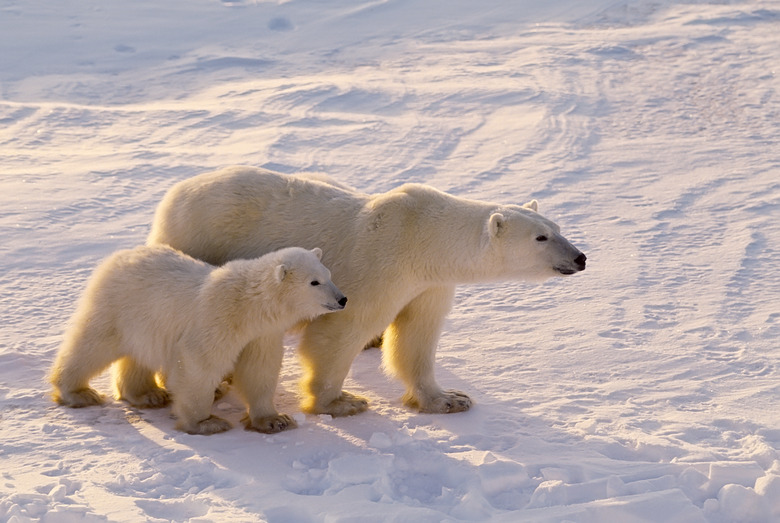What Is A High Latitude?
Latitude lines ring the Earth and are parallel to the equator. The farther away you get either north or south of the equator, the higher the latitude of your location.
The Equator
The Equator
The equator is considered 0 degrees latitude. This is the line that circles the Earth and is equidistant from both the North Pole and the South Pole.
Northern Hemisphere
Northern Hemisphere
The area between the Arctic Circle, which is at 66 degrees 33 minutes north latitude, and the North Pole, sitting at 90 degrees north, is the high latitude of the Northern Hemisphere. Parts of Alaska, Canada, Europe, Russia and Asia are within the Arctic Circle.
Southern Hemisphere
Southern Hemisphere
The high latitude area in the Southern Hemisphere is located between the Antarctic Circle, at 66 degrees 33 minutes south latitude, and the South Pole, at 90 degrees south latitude. Antarctica is located at the South Pole.
Midnight Sun
Midnight Sun
In both the southern and northern high latitudes there are periods in winter when the sun does not climb above the horizon. In the summer, this is reversed, with the sun never dipping below the horizon, creating 24 hours of sunlight. The closer you are to either pole, or the higher the latitude of your location, the longer the period of total darkness or total light lasts.
Fun Facts
Fun Facts
Animals that live at high latitudes are larger than their tropical and subtropical cousins. According to an article published in the February 2010 issue of \"The American Naturalist\" by Chuan?Kai Ho, Steven C. Pennings, and Thomas H. Carefoot, the larger size may be attributable to the food in these areas being more nutritious. Also, these animals better tolerate the colder temperatures because they do not lose their body heat as rapidly.
Cite This Article
MLA
Wachman, Monica. "What Is A High Latitude?" sciencing.com, https://www.sciencing.com/high-latitude-5957961/. 24 April 2017.
APA
Wachman, Monica. (2017, April 24). What Is A High Latitude?. sciencing.com. Retrieved from https://www.sciencing.com/high-latitude-5957961/
Chicago
Wachman, Monica. What Is A High Latitude? last modified March 24, 2022. https://www.sciencing.com/high-latitude-5957961/
